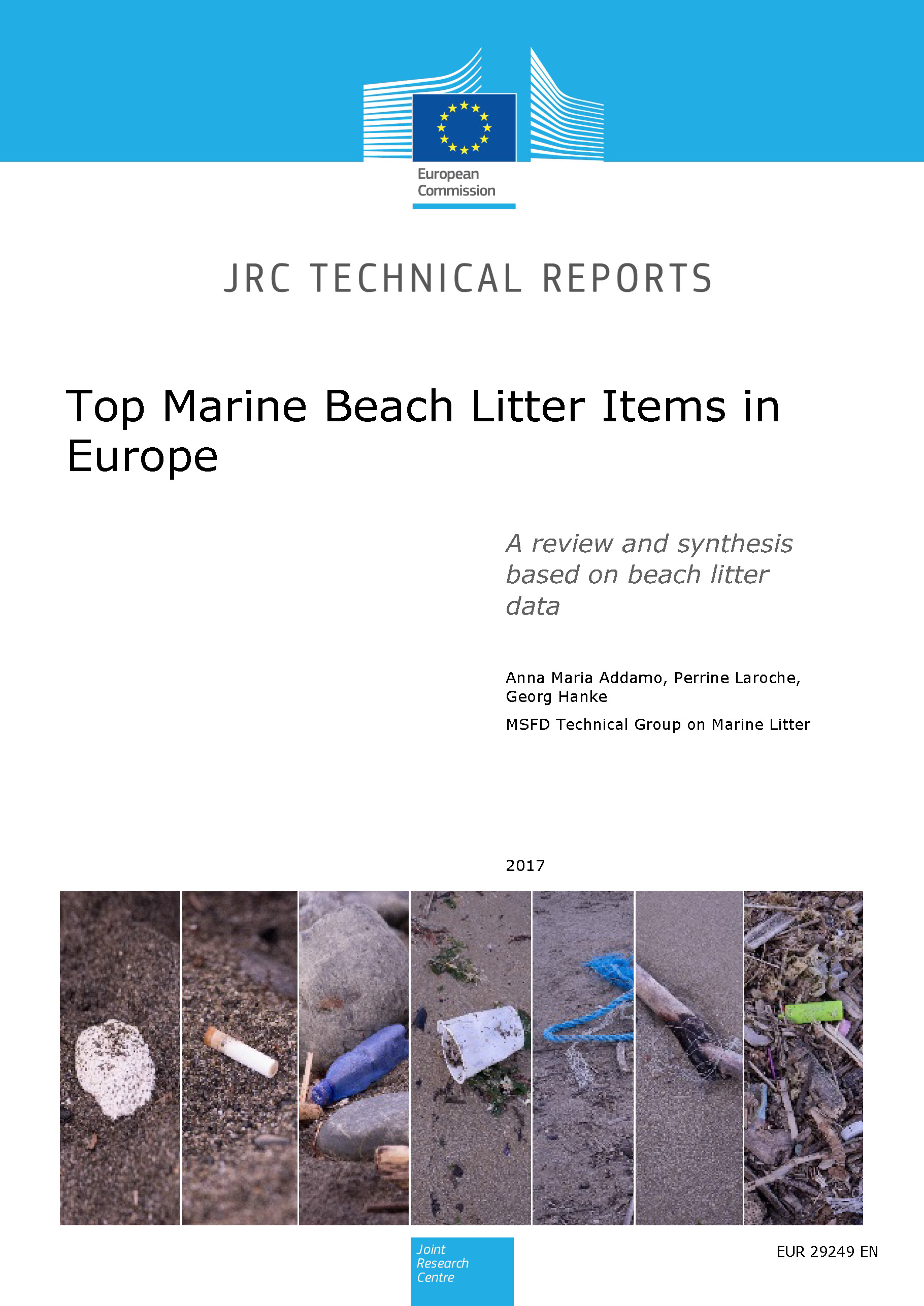MSFD Technical Group on Marine Litter
TG Litter is a technical group under the MSFD Common Implementation Strategy
The TG Litter has been set-up on request by the EU Member States under the MSFD Common Implementation Strategy. Activities are based on a mandate and work program agreed within the CIS and approved by the EU Marine Directors. The group reports through the GES group. It is supporting the MSFD Descriptor 10 implementation and the EU external activities concerning marine litter. |
The TG Litter serves for information exchange, as discussion forum, providing guidance and advising the policy frameworks. It acts as interface between science and policy by providing two-way information exchange of research projects and scientists with EC services, Member States experts and RSC experts. It involves through the Regional Sea Conventions also non-EU policy frameworks in shared marine waters. Furthermore it supports EU global commitments, such as G7, G20 and UN activities. |
Membership |
TG Litter members comprise EC staff from DG ENV, DG Mare, DG GROW and DG RTD. EU Member States nominated delegates, Regional Sea Convention delegates, NGO roof organization delegates and project leaders. Currently all EU coastal MS and RSCs are represented. The group is chaired by Spain and the EC JRC, with DG ENV providing the overall lead to the process. |
Meetings of the TG Litter |
The TG Litter meets annually for coordination, information exchange, strategic discussions and work planning. Additional workshops and technical meetings on specific topics are organized. |
Marine Litter Baselines |
Within the TG Litter, an approach towards the identification of litter baselines in Europe is being developed. Baselines of marine litter should provide information about the state of the marine environment regarding marine litter at a given time, so that e.g. the efficiency of reduction measures can be assessed. The activity has been reviewing the availability and comparability of beach litter data at EU scale in order to derive information that can be useful to assess litter abundance on different geographical scales and allow the derivation of trends, based on different starting dates. After a dedicated workshop in March 2017, beach litter data from EU countries, projects and initiatives from 2012-2016 have been collected. They have been compiled at EMODnet into a single database for analysis of scenarios for baseline setting. Data comparability and harmonization provided a challenge. Resulting baselines for 2015/2016 have been published. This activity has started with beach litter as this compartment provides best data coverage. The development of baselines for other compartments and the collection of recent beach litter data is ongoing. |
Threshold Values for Marine Litter |
The ComDec 2017/848/EU requires the identification of appropriate threshold values for marine litter for the different MSFD D10 criteria. The TG Litter had started the discussion in order to work towards commonly agreed approaches for setting threshold values. After discussing and agreeing on common principles for litter threshold setting, a specific focus was set on the development of an EU wide beach litter threshold value. TG Litter has prepared a proposal, which is has been adopted by MS. Threshold values for other environmental compartments are being developed. |
Review of Guidance on Monitoring of Marine Litter in European Seas |
While the TG Litter Guidance on the Monitoring of Marine Litter is being widely used and has led to a considerable improvement of harmonization, further progress and research results require a review of the guidance. That review has been performed by the TG Litter, in close collaboration with Member States experts, Regional Sea Conventions, research projects and scientific experts on specific topics. |
MSFD Joint List of Litter Categories |
The monitoring of marine macro litter is based on its identification according to a list of commonly found items. The harmonization of this list is crucial to a comparable assessment of macro litter and has been referenced in the Commission Decision 2017/848/EU. The list has been revised within the TG Litter, in close collaboration with Member State experts and Regional Sea Conventions. The new hierarchical approach has been developed in order to allow, as far as possible, a backward compatibility to earlier lists, while providing a harmonised list which will enable the acquisition of comparable data and the linking of monitoring data with the implementation of measures. |















